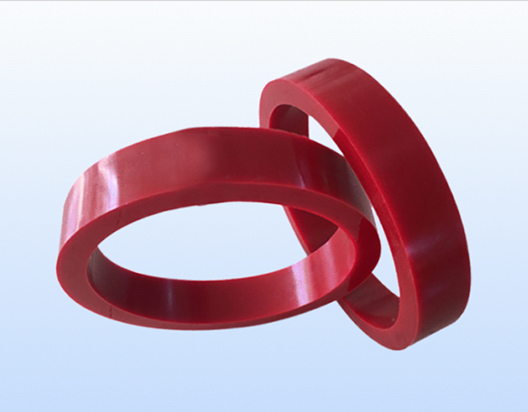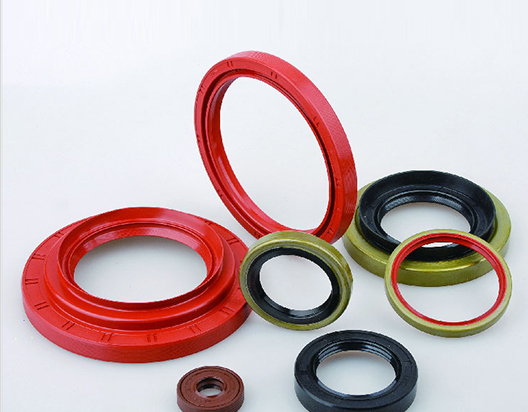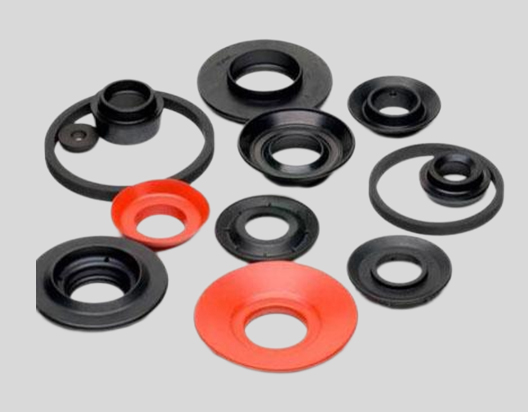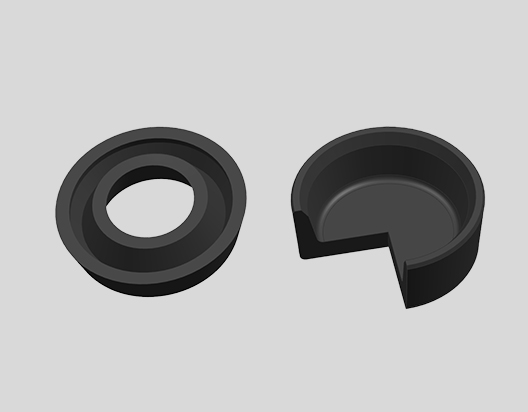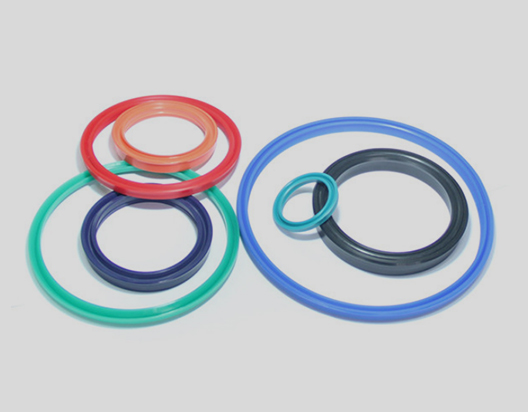Polyurethane
Related Products
Definition and characteristics of polyurethane rubber
Polyurethane rubber is a series of elastomer materials containing more urethane groups on the polymer main chain. It is actually polyurethane rubber, abbreviated as polyurethane rubber or urethane rubber or Polyurethane elastomer. In addition to urethane groups, the polymer chain also contains ester groups, ether groups, urea groups, aryl groups and aliphatic chains. It is usually formed by the reaction of oligomeric polyols, polyisocyanates and chain extenders. Polyurethane rubber forms different structures and varieties with different raw materials, proportions, reaction methods and conditions. Has the following characteristics:
◈ Excellent wear resistance: The wear resistance is the highest among all rubbers. Laboratory measurement results show that the wear resistance of UR is 3 to 5 times that of natural rubber, and it is often as high as about 10 times in practical applications;
◈High strength and good elasticity in the hardness range of Shore A60 to Shore A70;
◈ Good cushioning and shock absorption. At room temperature, the UR damping element can absorb 10%~20% of the vibration energy. The higher the vibration frequency, the greater the energy absorption;
◈Good oil resistance and chemical resistance. UR has less affinity with non-polar mineral oil, and is hardly eroded in fuel oil (such as kerosene, gasoline) and mechanical oil (such as hydraulic oil, engine oil, lubricating oil, etc.), much better than general rubber, Comparable to nitrile rubber. The disadvantage is that the swelling in alcohols, esters, ketones and aromatic hydrocarbons is relatively large;
◈The coefficient of friction is relatively high, generally above 0.5;
◈ Low temperature resistance, ozone resistance, radiation resistance, electrical insulation, good bonding performance.




